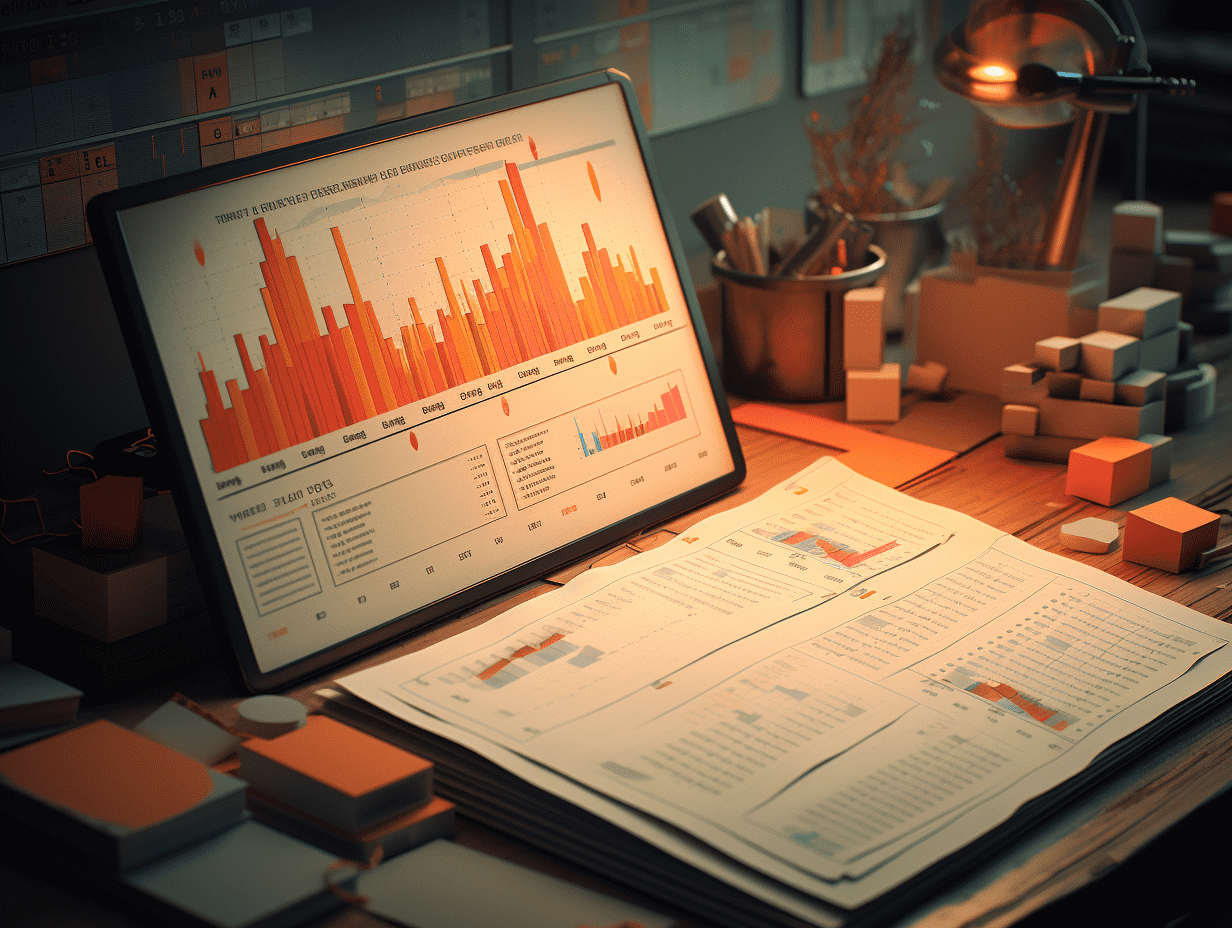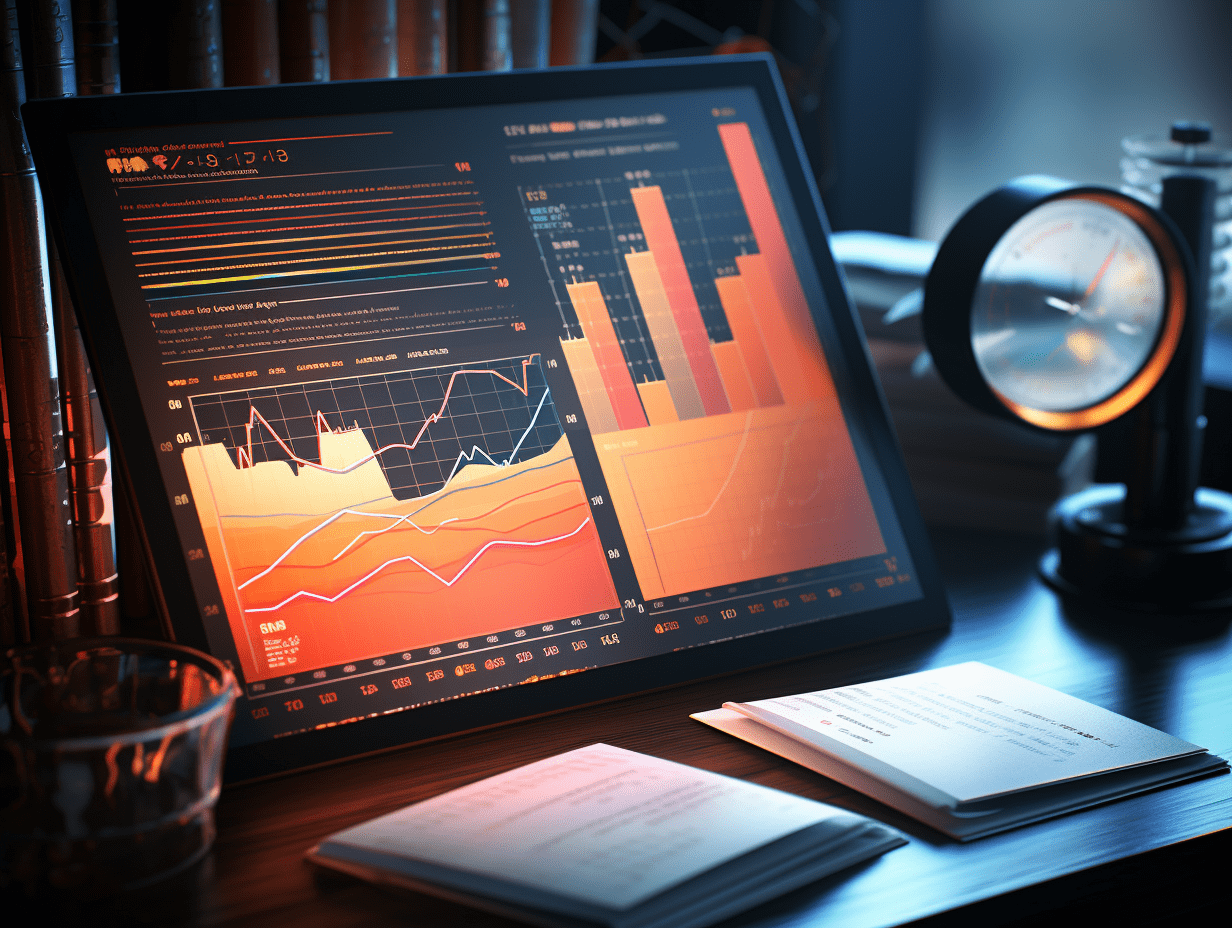U.S. Stocks Achieving New Highs Again? Goldman Sachs Deciphers the Market Resilience Code, Look at These Points for Second Half Year Deployment.
Goldman Sachs' global investment research macro analyst recently stated that despite various market fluctuations, core strategies remain effective: being long on US stocks (with a focus on technology stocks), being long on value storage assets (gold/silver/bitcoin), moderately short on the US dollar, and engaging in steepening yield curve trades on a global scale.
Last week, when initial signs of weakness in the US labor market data emerged, many thought this would be a turning point in the sentiment of the US stock market. However, just a few days later, not only did the S&P 500 index regain lost ground, but the Nasdaq 100 index quietly hit a new all-time high. The latest statement from Goldman Sachs' global investment research macro analyst indicates that despite various market fluctuations, core strategies remain effective: bullish on US stocks (with a focus on technology stocks), bullish on value storage assets (gold/silver/bitcoin), moderately bearish on the US dollar, and engaging in steepening yield curve trades globally.
I. US stock market narrative
When I walked into the office last Monday, I thought that the main topic in the market would be the new signs of weakness in the US labor market.
By the end of the week, it was clear that the market was not significantly affected, and the non-farm payroll report did not change risk appetite.
I'm not saying that market trends are stable, in fact, it's more like a tug-of-war, with different stories each day - but the data speaks for itself.
In other words: the S&P 500 index regained all of last week's losses, and the Nasdaq 100 index hit a new all-time high again.
Looking back, I have three hypotheses about this resilience:
i. This week (referring to the week ending August 10th, same below) saw new artificial intelligence stimulus factors (such as Palantir's continued rise, up 21%).
ii. While speculative demand is weakening, broader capital flows remain healthy... actual economic and corporate buying activity is very active.
iii. This week once again reminds us of an eternal truth: while the economic cycle is important, the stock market is not the economy itself.
II. Market Framework
From a technical perspective, the overall trend is still positive, but after a significant increase in risk assets by traders, the next steps will be more challenging.
From a fundamental perspective, the current tense situation can be described as follows: artificial intelligence spending has exceeded expectations - however, job growth has plummeted significantly since the first quarter.
Therefore, market trends are as they appear: volatile and unpredictable, with each week feeling like an independent ecosystem, risk-reward changing constantly, but the bulls still have the upper hand.
Taking all of these factors into consideration, I find it hard to have much confidence in the short-term risk balance, but my expectation is: there will be more consolidation in August, the technical situation in September will be challenging, but I believe the main trend for the second half of 2025 is still upwards.
So, my view remains the same as two weeks ago: stay bullish and hedge (with Gamma costs down again; you can think of it as a cost for peace of mind in August).
Additionally, keep a close eye on the most important sectors - US technology stocks.
Finally, as detailed in point 13 below, a series of balanced macro trades still hold their value in various local fluctuations.
III. 14 Points and 6 Charts
US growth. Following the shocking non-farm payroll report, the most significant question is the potential health of the US labor market. There are few data points available for analysis this week: initial jobless claims report is mixed, while the ISM services index is disappointing, leading us to track GDP growth for the third quarter at 1.2%. Looking ahead to next year - the stock market seems to have already priced in a slowdown of about 1%... but while not denying the recent data set, if our assessment of a returning trend growth in the economy is correct, these localized concerns should gradually fade away.
The Federal Reserve. As market participants wonder when the Federal Open Market Committee will abandon its tightening policy, this week's column is written by someone who has worked within the Federal Reserve for six years, offering insightful perspectives (content omitted).
Fund flows/positioning. The driving force of fund flows is weakening, with systematic trading institutions buying a large amount of global index futures in the past few months, with much of that work already done. If there are significant fluctuations, the current asymmetry leans towards downside. Discretionary investors have also increased long positions, estimated to be +7 currently, although retail investors are still net buyers, the intensity of their demand has decreased in recent weeks. Therefore, with active real money alongside, the responsibility now lies on stock buybacks to support the market in August.
Tariffs. August 1st and 7th have come and gone without any significant pressure on the market. I have conflicting feelings about this: on one hand, widespread tariff policies will continue to exist, and their effects have been evident in micro and macro data; on the other hand, the current administration will only push related matters to a certain extent, and the market no longer sees it as a significant variable. My conclusion remains the same: "destructive, but not catastrophic."
US technology. Looking back, the performance of US tech giants in the second quarter was indeed strong. There was significant growth acceleration in various areas (cloud computing, advertising, e-commerce, core products), and artificial intelligence continues to capture the market's imagination. Interestingly, historically, it has been difficult for the Nasdaq 100 index's price-to-earnings ratio to maintain above 30, and we are now approaching that level. While it may take some time or consolidation to absorb this situation, considering the potential profit growth, I believe tech stock valuations should not be strictly fixed.
Quote on artificial intelligence this week, a concerning one (from Yang Haus, Global Investment Research at Goldman Sachs): Recent negative comments in the media about the labor market focus mostly on the job displacement caused by generative artificial intelligence. Indeed, the data increasingly reflects the impact of artificial intelligence. Employment in the tech industry peaked in November 2022 - the month ChatGPT was launched - and has since fallen below the long-term trend. Additionally, the unemployment rate of tech workers aged 20-30 has risen by nearly 3 percentage points since early 2024, more than four times the overall unemployment rate increase.
Another quote on artificial intelligence this week, a more optimistic one (from Alex Capu at Palantir): We are very, very bullish on the US; we have some very crucial and important clients internationally, including large commercial clients in Europe and government clients outside the US. But this is a revolution for the US. It is led by ontology, chips, and to some extent by major language model providers.
Japan. On the one-year anniversary of a single-day plunge of 12% in the Japanese stock market, the Nikkei index hit a new high this week (closing above 3000 points for the first time), perhaps nothing could be more fitting. Upon closer inspection, our shareholder reform basket has performed exceptionally well: cross-holding (GSCBJXHO), banks (GSCBJPBB), corporate governance winners (GSXAJSOS), these charts all look very good (worth a look) - do not ignore this broad theme.
India. Over the past decade, Indian assets have performed well. During the same period, India's trade surplus with the US (in nominal US dollars) has doubled, and its purchases of Russian oil account for a third of total oil imports. I believe this series of situations highlights the challenges currently faced - for valid reasons, capital is accumulating rapidly, but now it contradicts US federal policy. As the India National Stock Exchange index declines - the region with the highest P/E ratio and greatest capital outflows - my intuition is that good fundamentals will be suppressed by deteriorating technical factors.
Summer liquidity. In summary, market depth and convenience of risk transfer are beginning to deteriorate. As a veteran commentator aptly pointed out, this is a "sensitive, unstable" trading environment, daily price fluctuations are becoming more arbitrary, and some obvious discrepancies are beginning to appear (such as last week's copper prices). If one really cares, this may be something to pay attention to.
Credit market. Some may think that the recent surge in new corporate bond issuances implies that there is still ample credit supply in the US financial system. As pointed out by KC O'Connor, there were over $350 billion in high-yield bond trades entering the market in July (the busiest month in the history of the leveraged loan primary market in July as well), with support in this area coming from two factors: (1) ongoing revenue creation stimulating demand; (2) more idle funds embedded in portfolios as yields continue to reset higher. Particularly impressive is the fact that if all the yields in the high-yield market were reinvested, it could absorb 85% of net supply through the rest of 2025.
A framework I agree with. From Richie Przywolecki, I don't know where to put it, so I'll put it here: "At the top-down level, policies still favor large enterprises - investment, capital expenditure incentives, regulatory easing, low taxes, and loose financial conditions are all beneficial to large companies. This is a trickle-down economics. It's an excellent environment for large businesses to thrive. But consumer pressure is high - not in terms of wealth or balance sheets, but in terms of income. Prices are rising, real wage growth is stagnant, and tariffs are another form of taxation."
Final market note. Despite various market fluctuations, one thing remains true: be bullish on US stocks (with a bias towards technology stocks); be bullish on value storage assets (gold/silver/bitcoin); be bearish on the US dollar (moderately); engage in steepening yield curve trades (globally applicable). In any given week, some parts of this combination may underperform (such as the US dollar last week, steepening trades this week), but as a blended holding, this strategy remains my preferred defensive option for 2025 (note that the Nasdaq 100 index and gold performed well this week).
The best content I heard this week was Ken Burns' interview on Joe Rogan's podcast.
The bad news is: as mentioned earlier, US job growth has significantly slowed down (link). Once again, it is important to emphasize that there is a difference between declining job growth and rising unemployment rates, but all of this is worth monitoring closely:
(Graph title: Goldman Sachs estimated monthly potential trend job growth, in thousands)
The good news is: significant capital expenditure growth from the four mega-cap companies (this is the historical and projected capital expenditure of US cloud computing and mega-cap providers):
(This leads to the point. Ben Snyder broke down 16 different industries, illustrating their contributions to GDP and S&P 500 index returns. While I am concerned about the labor market conditions, I am optimistic about the profit prospects of the top three sectors, once again highlighting that the stock market is not the economy:
(Graph title: NAICS industry, percentage of US GDP, percentage of S&P 500 index returns, difference in percentage points between returns and GDP percentage)
This is not original - just the performance details of the "Seven Big Tech Giants" this year - but it illustrates a point made by Pete Callahan: the first-quarter financial reports did not change people's views on leaders and laggards in this group. That being said, the highlight of this week was Apple's stock price surging significantly:
(Graph: Goldman Sachs analysis list of the seven big tech giants set members' ranking of returns)
This depicts the traditional 60/40 stock and bond portfolio. Inspired by the recognition that the US fixed income market - especially short-term bonds - has performed well this year. Reflecting on recent history, note where this portfolio stands relative to the tough times of 2022 (or brief outflows of US assets in April):
(Graph title: BIGPX US Equities)
The final heavy blow. This is our artificial intelligence leader basket, consisting of 9 influential stocks in semiconductors/software/data centers/infrastructure/power, consider it our "Surf's Up Cola" in the AI basket series - since the start of Shanghai New World, it has seen returns of 750% for those paying attention at home:
(Graph title: GSTMTAIL index)
All data sources: Goldman Sachs Global Investment Research, Bloomberg, as of August 8, 2025.
Goldman Sachs trading department reminder: Past performance does not guarantee future results. All mentions of "we" refer to views and observations of the trading department.
Related Articles

Is it a "reshaping moment" for the streaming media market? Paramount splurges $7.7 billion to exclusively acquire UFC for seven years.

USPS cuts off illegal e-cigarette supply chain, causing disruption in the multi-billion market and benefiting tobacco giants.

UBS lowers oil price forecast: Brent may fall to $62 per barrel by the end of 2025, with increased supply being the main reason.
Is it a "reshaping moment" for the streaming media market? Paramount splurges $7.7 billion to exclusively acquire UFC for seven years.

USPS cuts off illegal e-cigarette supply chain, causing disruption in the multi-billion market and benefiting tobacco giants.

UBS lowers oil price forecast: Brent may fall to $62 per barrel by the end of 2025, with increased supply being the main reason.

RECOMMEND

CATL’s Jianxiawo Lithium Mine Halts Production; Will Lithium Carbonate Prices Reverse?
11/08/2025

Year-to-Date Southbound Stock Connect Inflows Exceed HKD 900 Billion for the First Time
11/08/2025

Gold Futures Reach Record High as Institutions Shift Focus to Long-Term Opportunities in Gold Stocks
11/08/2025


